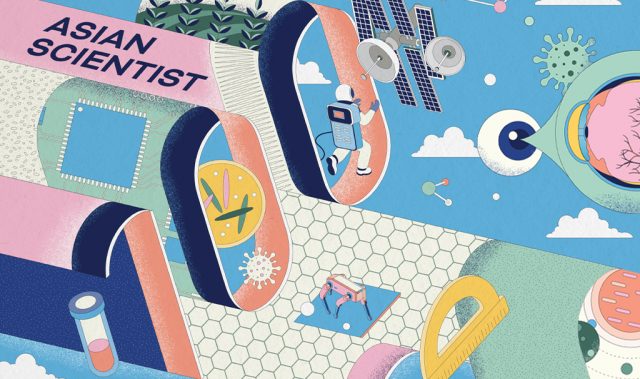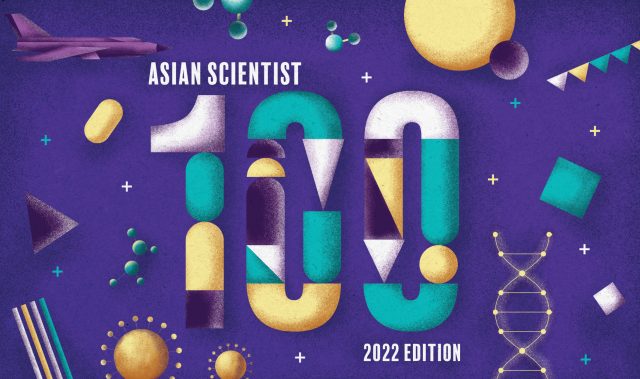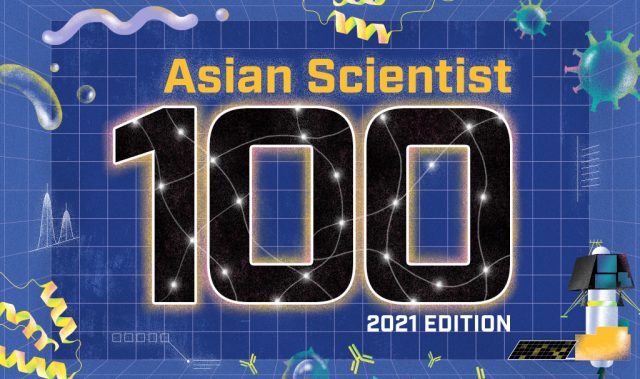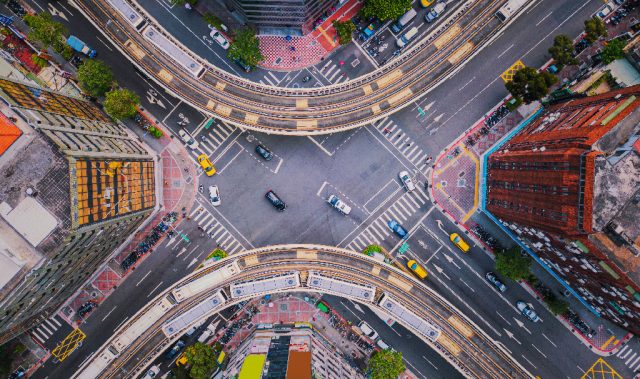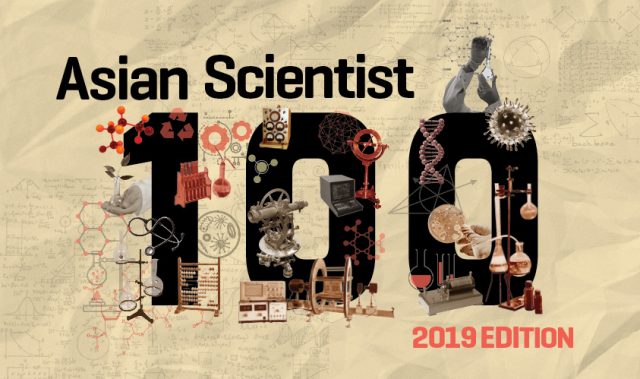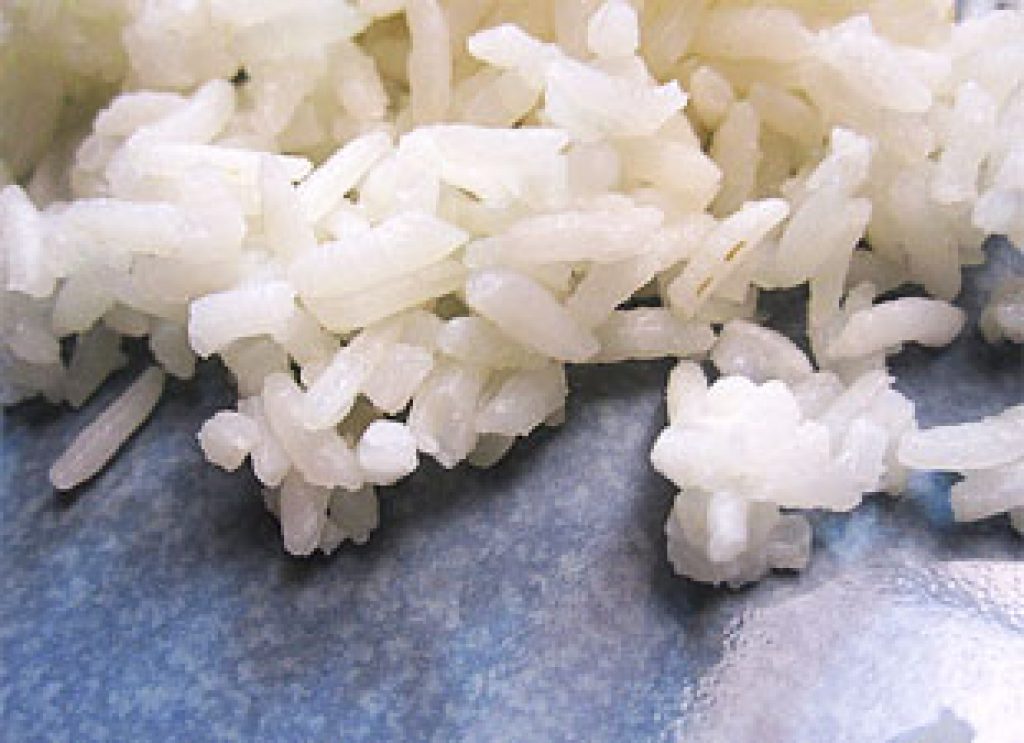
AsianScientist (Apr. 19, 2013) – Rice imported into the United States from certain countries contains levels of lead that could pose health risks, particularly for infants and children, who are especially sensitive to lead’s effects, and adults of Asian heritage who consume large amounts of rice, according to a new study.
Their research was presented as part of a symposium titled “Food and Its Environment: What Is In What We Eat?” at the 245th National Meeting & Exposition of the American Chemical Society, which ran from April 7-11 in New Orleans, USA.
Tsanangurayi Tongesayi and colleagues at Monmouth University in New Jersey determined the levels the levels of cadmium and lead in rice imported into the U.S. from different regions of the world, and showed that the levels of the two elements were significantly higher than the toxicity reference doses of the elements for all age and sex categories.
“Such findings present a situation that is particularly worrisome given that infants and children are especially vulnerable to the effects of lead poisoning,” Tongesayi said.
“For infants and children, the daily exposure levels from eating the rice products analyzed in this study would be 30-60 times higher than the FDA’s provisional total tolerable intake (PTTI) levels. Asians consume more rice, and for these infants and children, exposures would be 60-120 times higher. For adults, the daily exposure levels were 20-40 times higher than the PTTI levels.”
Tongesayi’s team found that levels of lead in rice imported into the United States ranged from 6 to 12 milligrams/kilogram. They detected the highest amounts of lead in rice from Taiwan and China. Samples from the Czech Republic, Bhutan, Italy, India, and Thailand had significantly high levels of lead as well. Analysis of rice samples from Pakistan, Brazil and other countries were still underway.
One of the major sources of toxic chemicals in the food chain is the practice of irrigating crops with untreated industrial and sewage effluents, and freshwater contaminated with leachates from landfills and acid mine drainage, the authors say.
This is in addition to the extensive use of chemicals in agriculture and the situation of agricultural lands within the vicinity of solid and hazardous waste sites, mining sites, and general industrial sites, they add.
Tongesayi pointed out that imports account for only seven percent of the rice consumed in the United States, but imports of rice and rice flour are increasing ― by more than 200 percent since 1999 ― and rice is the staple food for three billion people worldwide, he said.
——
Source: ACS; Photo: wintersoul1/Flickr/CC.
Disclaimer: This article does not necessarily reflect the views of AsianScientist or its staff.




